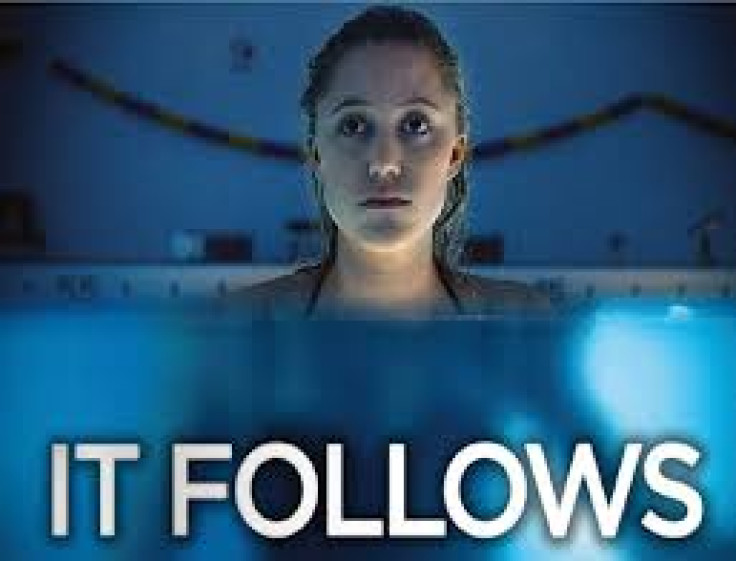It Follows blurs the lines between sex and death [Review]

Traditionally, American horror films have offered a sermonising connection between sex and death that is literal and direct. It Follows seems to drift into the realm of metaphor; the connection, although almost stifling at points, is left unclear.
Through its optic of sexuality comes an image that is bleached out and blurred, as if projected over the plot from a distance. It looms, malignant and implacable. And like the wanton figures that stalk the film, at close quarters we are faced with something shocking and atrocious, like pornography.
It's interesting that this horror film's closest reference point, by virtue of its amorality, is Harmony Korine and Larry Clark's Kids. In addition to the trashy mid-nineties look and style, there is the same disturbing vindication of a sex act which will lead to death – in this case a terrifying one. Horror and sexuality disturbingly incorporated might also put you in mind of David Cronenberg's early triptych: Shivers, Rabid and The Brood.
Another relation is probably the Ring films from Japan and other Japanese variations on that sort of supernaturalism. However, traditional narratives such as those of MR James, the grandfather of the English Ghost story, have also been invoked.
The photography, sound and feel of the film conjure up a threadbare and tawdry world
James's The Casting of the Runes, which was made into the atmospherically satanic Night of the Demon, starring Dana Andrews, is one; another is the classic Whistle and I'll Come to You, where the story's hapless victim is stalked by something half-glimpsed but unrelenting and unstoppable. The awful pace of those that come is reminiscent of The Night of the Living Dead, and on the subject of Satan, I was also reminded of another original if underrated horror film: Race with the Devil.
But It Follows is also unprecedented. It's unfair and inaccurate to call it a cobbling together of eighties and nineties horror intertextuality, as has been suggested in some reviews. Importantly, it remains serious – it's not a romp like Cabin in the Woods, or Cherry Falls. And it is unusual to come across horror that could be described as 'arthouse'. The photography, sound and feel of the film conjure up a threadbare and tawdry world. Detroit's outer environs are seedy and slumish. It's oddly claustrophobic to its teenage inhabitants, despite being devoid of functioning adults.
The main character played by Maika Monroe – who looks rather like Chloë Sevigny from Kids –comes across often as detached and lost, and there's a sense of equivocality and inconclusiveness, like real life. The script is sturdy and unpretentious, yet manages a peppering of high-brow quotations from the likes of Dostoyevsky and TS Eliot (the section when the teacher reads out Prufrock's Love Song mirrors a classroom meditation on fate in Halloween).
It Follows soars in comparison to any of the 'found footage' variety of steaming excrement which normally passes for box office fodder
For my money, the last time a horror film achieved the true status of arthouse was Tobe Hooper's Texas Chainsaw Massacre. It Follows takes a subtler tack of course. But if you needed any endorsement of writer-director David Robert Mitchell's achievement and originality, just consider his film alongside any other recent horror flick.
Not to detract one iota from It Follows, but it soars in comparison to any of the "found footage" variety of steaming excrement which normally passes for box office fodder. This sequential plague of insidious tripe has carved up the horror film, to the point where it has become the most debased genre out of all today's cannibalised culture.
© Copyright IBTimes 2024. All rights reserved.






